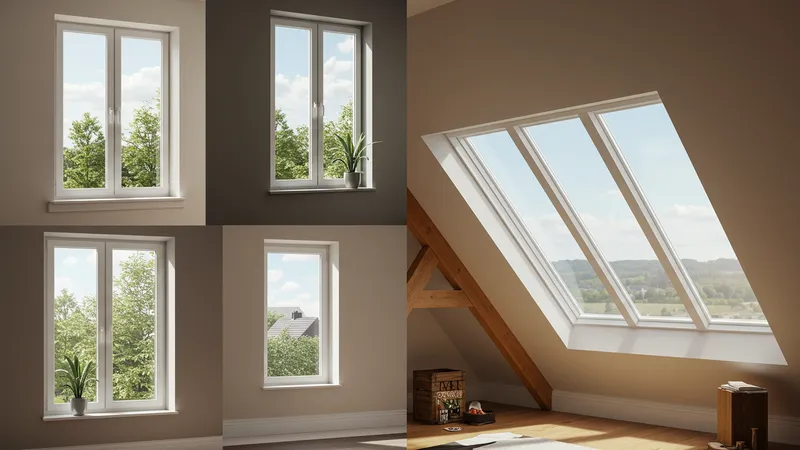
Window Replacement: Types, Benefits, And Process
Types of Window Replacement Solutions
Andersen Replacement Windows are renowned for their versatility, offering various styles such as sliders, casement, and picture windows. Each design type meets different needs, allowing for custom fit-outs no matter the architectural challenge. Whether it’s maximizing daylight, enhancing ventilation, or complementing period architecture, Andersen’s range provides tailored utility. The availability of energy-efficient glazing with insulating gas fills also makes them a strategic option for homeowners seeking cost-effective improvements without sacrificing aesthetics.

VELUX Roof Windows stand out as a specialist choice for sloped and roofline installations that many conventional options can’t address. The unique construction ensures protection against rain while maximizing natural light in attic conversions or lofts. VELUX’s focus on UV filtering and moisture-resistant finishes adds another performance layer, making these windows a thoughtful solution where attic space is being transformed into livable square footage. Their easy-to-operate opening mechanisms further enhance accessibility and appeal.
Schüco Aluminum Systems present a solution for modern homes and commercial properties with premium aluminum frames that offer slim sight lines and high durability. They excel in resisting warping, rusting, and overall wear even in challenging weather. For energy-conscious projects, their windows feature thermal break insulation, which remains effective long after installation. Schüco also offers customization in color and finish, accommodating architects or homeowners seeking distinct contemporary aesthetics.
The comparison among these solutions illustrates just how important it is to match the window replacement type to the property’s unique requirements. From the choice of frame material—wood, uPVC, aluminum—to glazing (dual, triple, or specialty), making the right decision now ensures long-lasting comfort, security, and style. Next, we’ll dive into the tangible benefits you can expect from each of these options.